Computer manufacturers may have single-handedly redefined the way we're entertained at home -- watching DVDs on our PCs and reducing our music collections to MP3 files -- but they haven't given a tinker's farthing about the way we hear it. Speakers on the average computer system are an afterthought. And on a laptop? Forget it.
The onus has been on makers of home stereo equipment to, as it were, speak for the computer guys -- a task they've only recently begun to do eloquently.
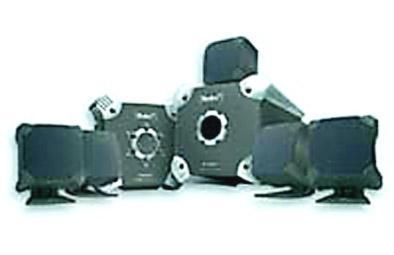
The reason for their previous ineptitude has been the nature of the beast: Nearly every speaker designed until relatively recently was made to receive an analog signal. But how to make music out of all those 1s and 0s? Until recently, the answer seems to have eluded them, but they're starting to sound like they know what they're talking about.
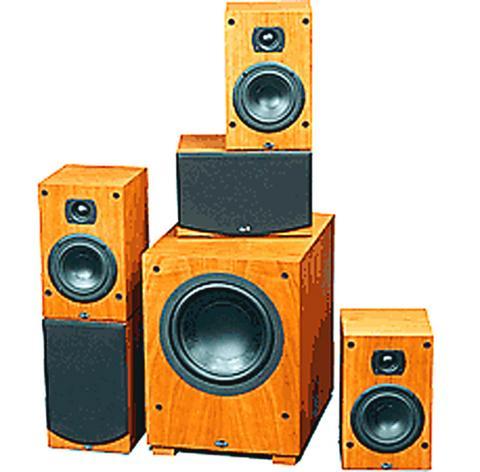
Ozaki Nuke
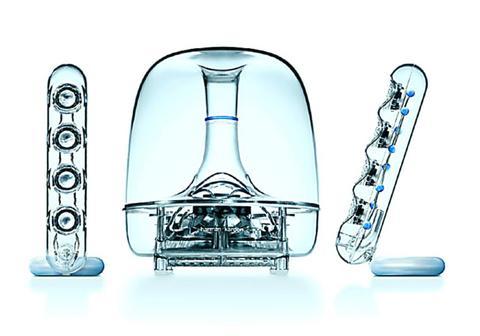
NT$3,000
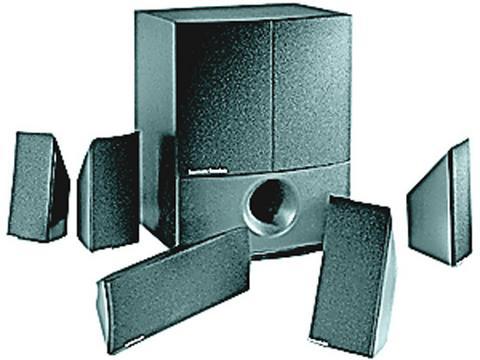
The unique problem in finding a home-audio solution is the range of tasks to which you might put it. You'll likely be watching DVDs and listening to MP3s run through your computer, but what about games? Are you a musician who uses MIDI equipment? Okazi is a Taiwanese company that has created a line of plug-and-play home theater multi-media speakers -- from simple two-speaker sets to elaborate units that string together two speakers in the front, two in the rear, a center channel speaker and subwoofer and ties them together with desktop control device that looks like something out of a science fiction movie.
With the Nuke system, as it's called, you can independently control volume on each of the channels as well as choosing whether you want 5.1 channel surround sound or simple stereo. The bottom line with this set is that it sounds great ? until it doesn't anymore. I owned a Nuke system for a little over a year before the main control box stopped controlling anything. An inquiry with friends who purchased other Ozaki systems showed that the problem was endemic to the Nuke system; many others had also experienced problems.
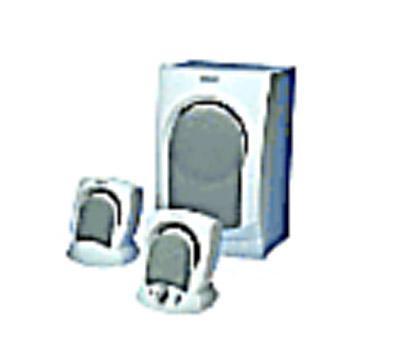
Aperion Intimus 5.1
NT$35,000
We'll include this one just for the sake of comparison. Like Ozaki's Nuke system, Aperion's Intimus is a 5.1 channel multimedia solution. But that's about where the comparison ends. Unlike the Ozaki system, it's make from 2.5cm-thick, rock-solid fiberboard and has gold-plated connectors. If Ozaki is the Daihatsu of audio equipment, Aperion is a Lexus, with all the options. You can choose from among three different subwoofer configurations, depending on the size of the room in which you plan to put it, and can produce as much as 200 watts of power -- compared with Ozaki's 55 watts.
Despite swallowing a price more that 10 times that of the Ozaki system, however, you still have no way of controlling the independent channels. Anyone who has plunked down the money to buy this system might argue that you don't need such controls because the system's so good.
Haraman/Kardon Soundsticks II
NT$9,000
One look at these and you're liable to think they're all design and no delight. You'd be wrong. Unlike other systems where the subwoofer slides under your desk, Harman/Kardon wants to be on top. It's designed to utilize your desk to its own advantage; the driver pushes sound down rather than out the front or back -- as with traditional designs -- to provide a less directional bass that fills the room. What's more, at 15cm, the woofer is just over a centimeter larger than most other woofers that are considered "big" for multimedia speaker systems. It can be independently controlled with a dial on the woofer -- placed at the back, lest it muss the design, heaven forbid.
The SoundSticks II improves on the original model to reduce the near-field bias so the sound is clear even whether you're close or far, standing or sitting. The four independent speakers in each satellite still do a great job separating the instruments -- better than most 5.1-channel surround-sound systems. (While great for watching DVDs, "surround sound" doesn't do justice to music. When has a band or orchestra ever surrounded an audience?)
Another great thing about the SoundSticks' new design is that it has drastically reduced the price of the original model -- if you can find a set; they've been discontinued. I bought a set to replace the Nuke that bombed and am damn pleased. Ask me again in a year.
Haraman/Kardon HKTS121
NT$17,000
Here's the H/K system for home-theater enthusiasts, especially those with a big home. The 150-watt subwoofer can be overpowering for smaller-sized spaces. The advantage to this model though, is that it employs the same four-independent-speaker satellites found in the SoundSticks model and adds another three satellites -- two more for the back and one for the center channel. As with the Aperion, you can't adjust things independently. Though half the price of the Aperion, the HKTS12 is arguably a better system for having kept one eye (or is it ear?) on economy. Should you buy the Aperion system, it will come in a crate with each component individually wrapped in a velvet bag. Luxurious, yes, but it does nothing toward making the system sound better, except when reading about it.
For it's part, the HKTS12 -- TS for theater system -- comes in a simple cardboard box with ugly Styrofoam packing and it's connectors are brass instead of gold but it is comparable in sound to the Aperion, and for half the price. It's possible to be an audiophile without being a zealot -- which leads us to perhaps the best deal on the market.
Altec Lansing AVS300
NT$1,200
Here is a system that will fill your living room with sound without emptying your pocket of money. The two satellites each have a 10cm footprint, but hold 7cm drivers inside that produce strong midrange and ample treble to keep cymbal crashes crisp and capture the nuances of a human voice. It doesn't disperse instruments quite as well as the Harman/Kardon system, but Altec Lansing costs a fraction of any H/K system.
The subwoofer is the star of the show. At just over 11cm in diameter, it produces enough sound to match or top systems that are priced much higher.
Of course, the price is a reflection of the trade-offs that you don't see because they're not there: independent volume and bass/treble controls. Lastly, there is a common glitch with all these systems and most of the multimedia systems available on the market: There is no headphone jack.

June 2 to June 8 Taiwan’s woodcutters believe that if they see even one speck of red in their cooked rice, no matter how small, an accident is going to happen. Peng Chin-tian (彭錦田) swears that this has proven to be true at every stop during his decades-long career in the logging industry. Along with mining, timber harvesting was once considered the most dangerous profession in Taiwan. Not only were mishaps common during all stages of processing, it was difficult to transport the injured to get medical treatment. Many died during the arduous journey. Peng recounts some of his accidents in

“Why does Taiwan identity decline?”a group of researchers lead by University of Nevada political scientist Austin Wang (王宏恩) asked in a recent paper. After all, it is not difficult to explain the rise in Taiwanese identity after the early 1990s. But no model predicted its decline during the 2016-2018 period, they say. After testing various alternative explanations, Wang et al argue that the fall-off in Taiwanese identity during that period is related to voter hedging based on the performance of the Democratic Progressive Party (DPP). Since the DPP is perceived as the guardian of Taiwan identity, when it performs well,

The Taiwan People’s Party (TPP) on May 18 held a rally in Taichung to mark the anniversary of President William Lai’s (賴清德) inauguration on May 20. The title of the rally could be loosely translated to “May 18 recall fraudulent goods” (518退貨ㄌㄨㄚˋ!). Unlike in English, where the terms are the same, “recall” (退貨) in this context refers to product recalls due to damaged, defective or fraudulent merchandise, not the political recalls (罷免) currently dominating the headlines. I attended the rally to determine if the impression was correct that the TPP under party Chairman Huang Kuo-Chang (黃國昌) had little of a

At Computex 2025, Nvidia CEO Jensen Huang (黃仁勳) urged the government to subsidize AI. “All schools in Taiwan must integrate AI into their curricula,” he declared. A few months earlier, he said, “If I were a student today, I’d immediately start using tools like ChatGPT, Gemini Pro and Grok to learn, write and accelerate my thinking.” Huang sees the AI-bullet train leaving the station. And as one of its drivers, he’s worried about youth not getting on board — bad for their careers, and bad for his workforce. As a semiconductor supply-chain powerhouse and AI hub wannabe, Taiwan is seeing